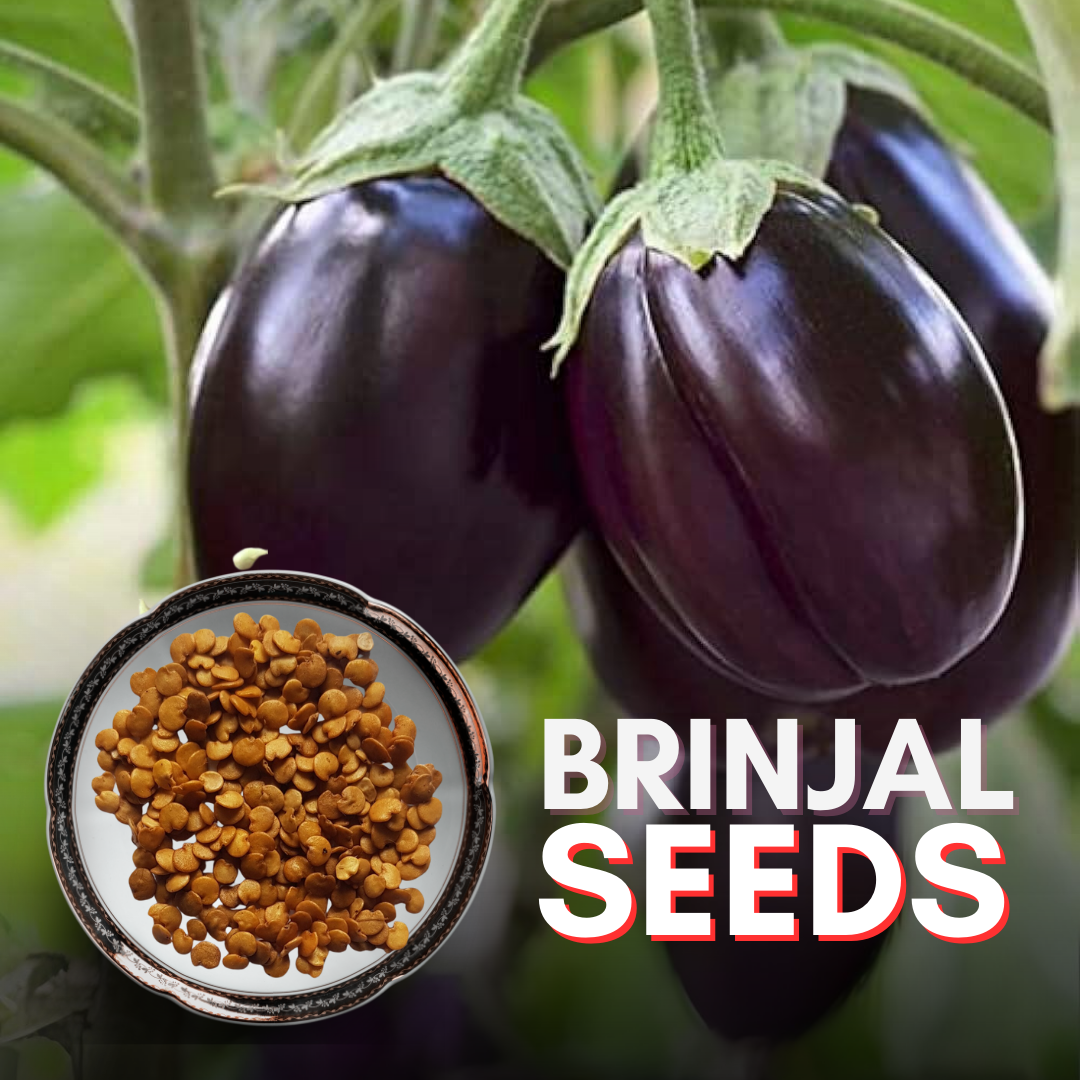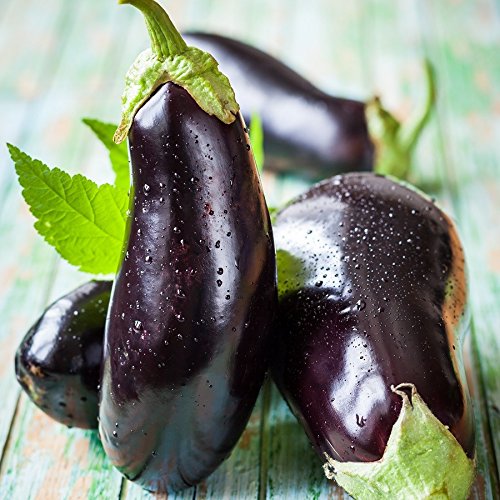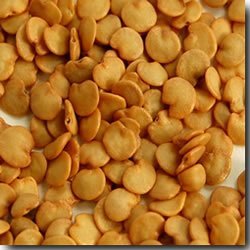


Green Paradise Offers Healthy Brinjal
Seeds
About Brinjal Seeds
Brinjal, also known as eggplant or aubergine, is a popular vegetable grown for its edible fruit. Brinjal seeds refer to the small, oval-shaped seeds found inside the fruit. These seeds are essential for propagating new brinjal plants and can be collected from mature, ripe fruits.
Here are some key points about brinjal seeds:
Fruit Formation:
- Brinjal plants produce fleshy, oblong fruit that varies in size, shape, and color, depending on the variety.
- The fruit contains numerous small seeds embedded in the flesh.
Seed Collection:
- To obtain brinjal seeds, select fully ripened, healthy, and mature fruits from the plant.
- The ripe fruits will have a glossy appearance and firm texture.
Seed Extraction:
- Cut the brinjal fruit open lengthwise, and you will find numerous small seeds embedded in the pulp.
- Gently lay out the seeds with a ladle or your fritters.
- Rinse the seeds with water to remove any remaining pulp.
Seed Drying:
- After collecting the seeds, place them on a paper towel or any dry surface to dry them out.
- Keep them in a warm, well-ventilated location away from direct sunlight.
- Proper drying is crucial to prevent mold growth.
Seed Storage:
- Once the seeds are completely dry, transfer them to a clean, dry container like a glass jar or an airtight plastic bag.
- The seeds should be kept in a dry, dark, cool location.
- When stored properly, brinjal seeds can remain viable for several years.
Seed Viability:
- Like most seeds, brinjal seeds have a limited shelf life.
- Over time, their germination rates may decrease, so it's a good idea to test a small sample of seeds for viability before planting a larger batch.
Planting Brinjal Seeds:
- Brinjal seeds can be sown directly in the garden or started indoors in seed trays or pots before transplanting outside.
- They favour warm environments with drained soil.
Germination and Growth:
- Brinjal seeds typically germinate within 1 to 2 weeks, depending on the environmental conditions.
- The seedlings grow into sturdy plants, with some varieties requiring staking or support as they mature.
Cultivation:
- Brinjal plants require regular watering and proper care to ensure healthy growth and fruit development.
- They are susceptible to certain pests and diseases, so monitoring their health is essential.
Brinjal is a versatile vegetable used in various cuisines worldwide, appreciated for its unique taste and texture. Growing brinjal from seeds can be a rewarding experience, especially when you get to enjoy the fresh, home-grown fruits from your garden.
Growing Brinjal From seeds
Growing brinjal (also known as eggplant or aubergine) from seeds can be a rewarding and enjoyable experience.
Here is a step-by-step instruction to get you going:
Choose the right seeds:
- Purchase good quality brinjal seeds from a reliable source, preferably from a garden center or a reputable online supplier.
Select the planting location:
- Brinjals require a sunny spot with at least 6-8 hours of direct sunlight daily.
- The soil should have plenty of organic content and be well-draining.
- Organize the soil Loosen the soil and take out any weeds or trash before planting.
- Add compost or well-rotted ordure to ameliorate soil fertility.
Sow the seeds:
- You can sow the seeds directly in the ground or start them indoors and transplant them later.
- If you choose to start indoors, sow the seeds in small pots filled with a seed-starting mix about 8-10 weeks before the last expected frost.
- Plant the seeds about ¼ inch deep and water gently.
- Keep the soil constantly wettish, but not doused.
- If starting indoors, keep the pots in a warm and sunny location or under a grow light.
Transplanting seedlings (if started indoors):
- When the seedlings have grown to about 3-4 inches tall and have developed a few leaves, they are ready for transplanting.
- Choose a mild day to transplant them into the outdoor garden bed, ensuring all risks of frost have passed.
Outdoor planting (if sowing directly):
- If you're sowing the seeds directly outdoors, wait until the soil has warmed up sufficiently and there is no risk of frost.
- Sow the seeds about 1/4 inch deep and 18-24 inches apart, with rows spaced about 2-3 feet apart.
Provide support (optional):
- Depending on the variety of brinjal, you might need to provide support for the plants as they grow.
- This is especially important if you're growing larger or vining varieties.
Watering:
- Brinjal plants require consistent watering, especially during dry periods.
- Water deeply at the base of the plants, avoiding wetting the foliage to reduce the risk of fungal diseases.
Fertilization:
- As the plants grow, you can apply a balanced fertilizer every few weeks to promote healthy growth and fruiting.
- For operation rates, adhere to the directions on the poison package.
Mulching:
- Applying a layer of organic mulch around the plants will help retain moisture, regulate soil temperature, and suppress weed growth.
Pest and disease control:
- Keep an eye out for common pests like aphids, spider mites, and fruit borers.
- Apply organic pest control measures if necessary.
- Similarly, be vigilant for any signs of disease and take appropriate action.
Harvesting:
- Brinjal fruits are ready for harvest when they reach their mature size, have a glossy appearance, and have a firm texture.
- Use a sharp knife or pruning shears to cut the fruit from the plant, leaving a short stem attached.
Remember that successful gardening also depends on factors like your local climate and soil conditions. Be patient and observant, and with proper care, you should be able to enjoy a bountiful brinjal harvest. Happy gardening!




